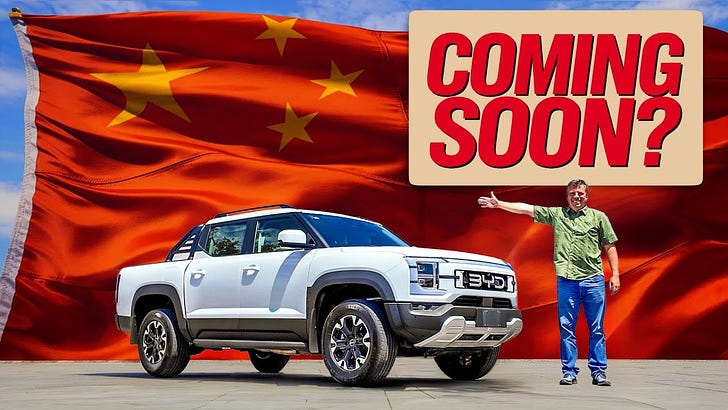Given the sheer speed of the probable collapse of the Western car manufacturers I plan to provide a comprehensive update every quarter. As the first of these updates, this one is especially comprehensive to provide a baseline, future quarterly updates will reference this baseline. I will also continue to provide short more specific updates through Notes.
Keep reading with a 7-day free trial
Subscribe to Geopolitics And Climate Change to keep reading this post and get 7 days of free access to the full post archives.


